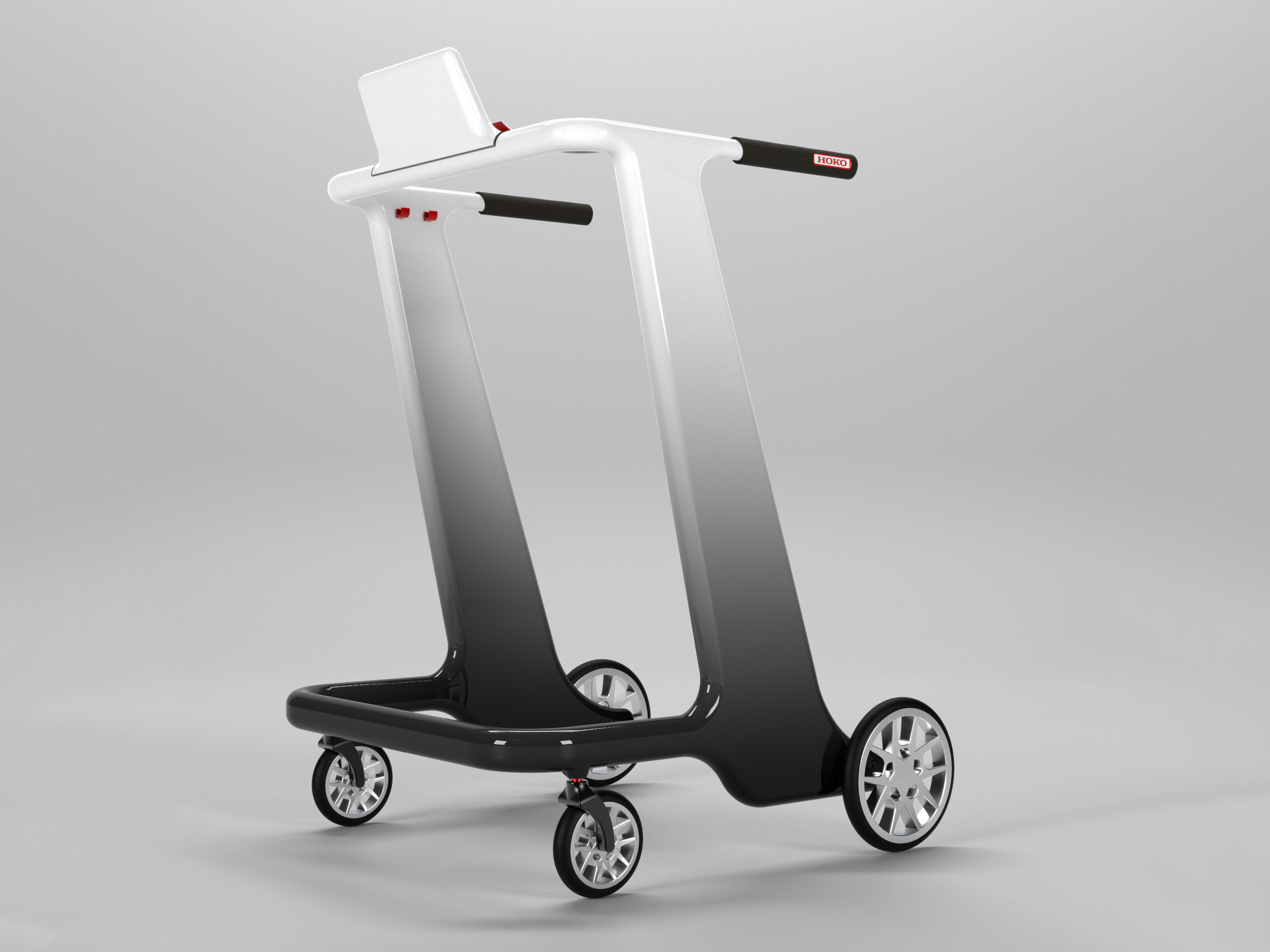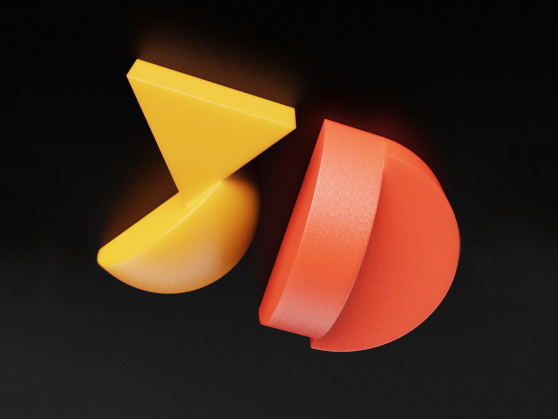Surround:
A Tabletop Serving Centerpiece
TIMELINE: 14 weeks
GROUP PROJECT: Nolan Green and I
OBJECTIVE: Use ethnographic style design research to define and develop a houseware product. Then, produce it on a small scale (10 identical copies of said product) with a small budget and sustainability in mind.
TOOLS USED: Jointer, Planer, Sanding Belt, 3D Printer, Laser Cutter, & Metal Lathe
Instructed By: Will Nickley
ETHNOGRAPHIC Style RESEARCH & Brainstorming:
Once we had our insights, as a class, we went through a brainstorming exercise to produce inspiration based on types of housewares, materials, and ways of being sustainable. Our group came up with 105 sticky notes of ideas.
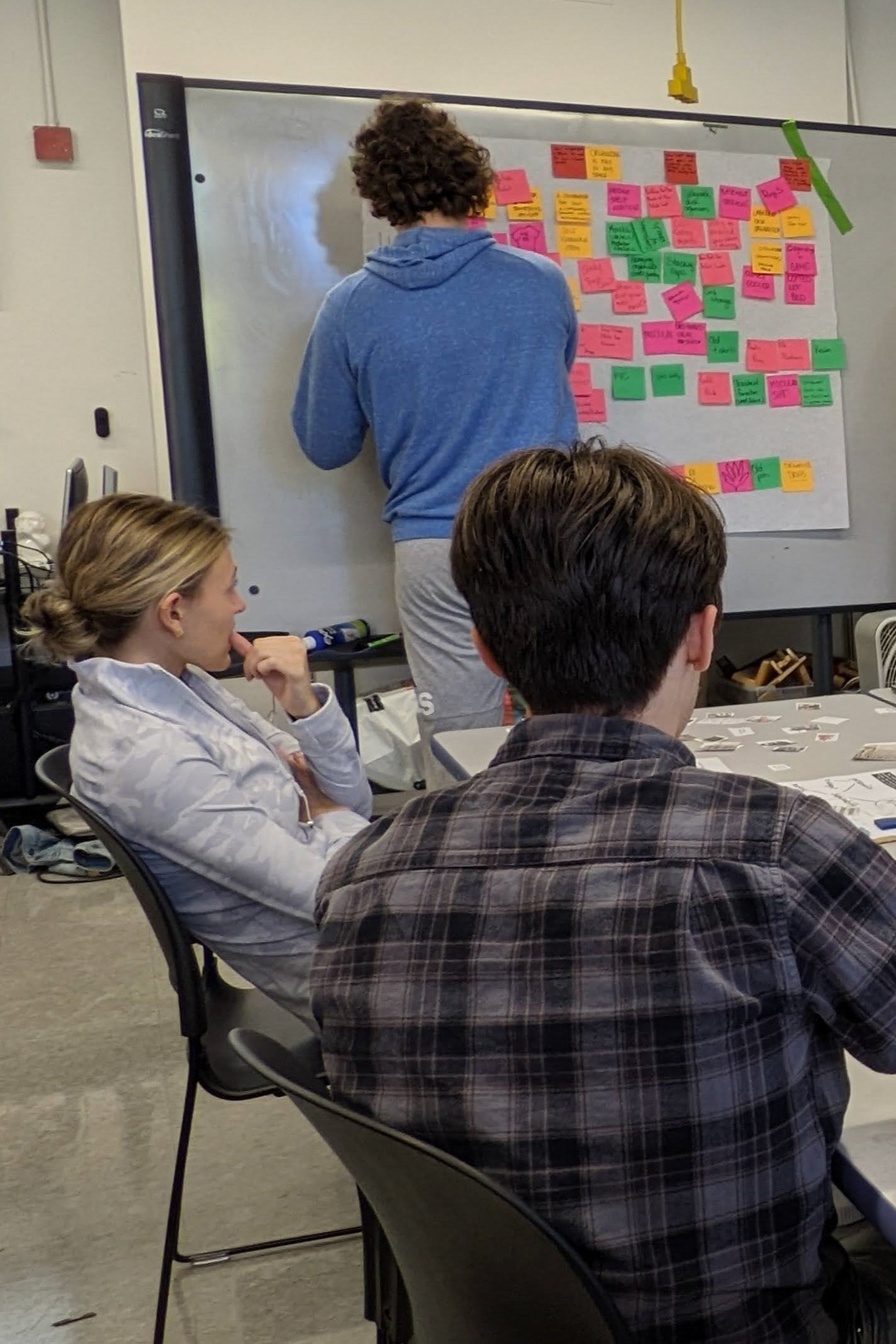
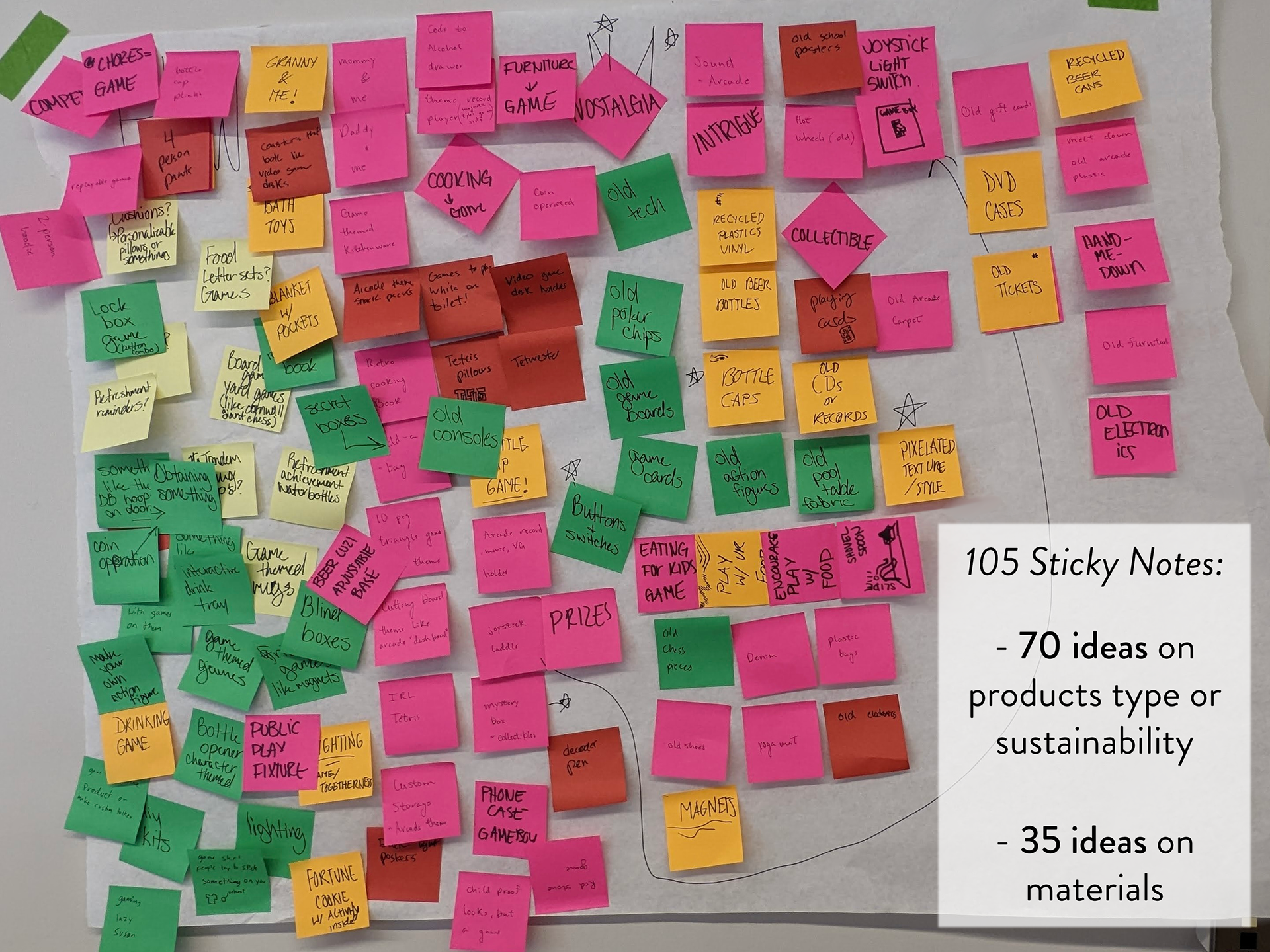
Concept Development:
From our ideas, each group went through five sketching stages to narrow down from 40 concepts to one final concept. The aspects we came away from iterating with were using records as a generational connection and a rotating surface to connect people sitting together at a table. These are our first iterations of a concept that combines both aspects.

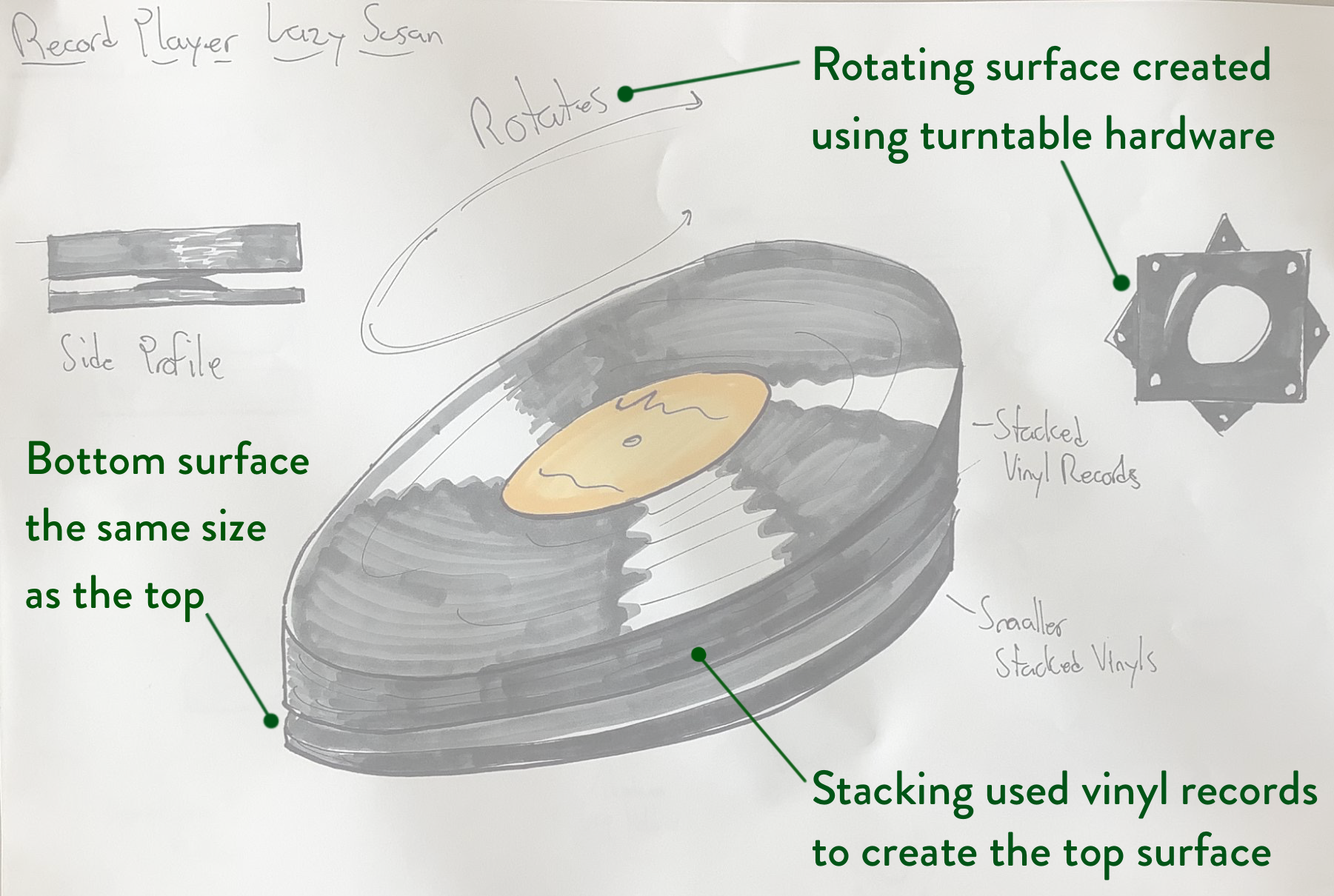
Prototyping:
Our first prototype with the things we experimented with and things we noticed about the prototype:
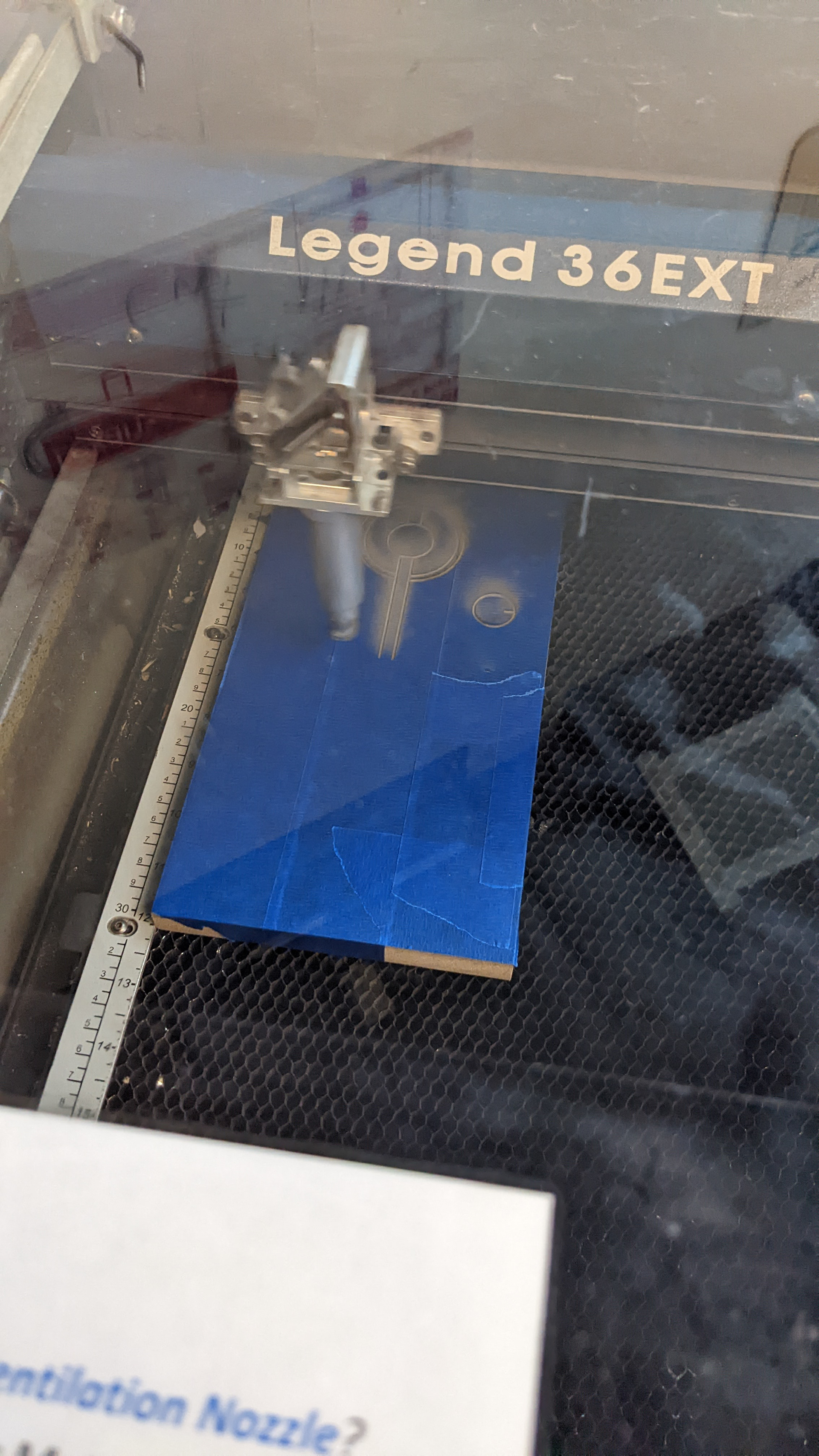
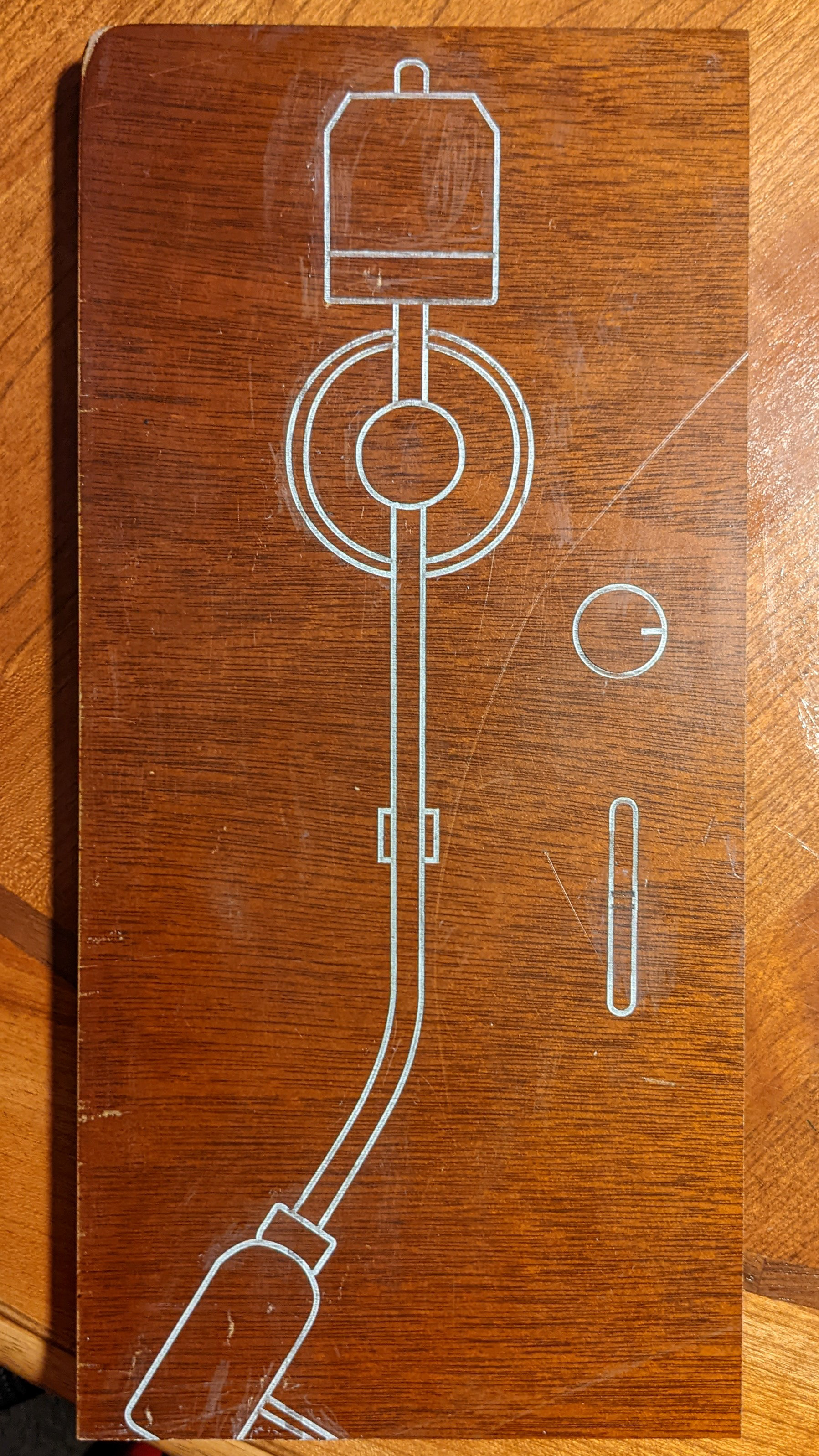
During our prototyping stage, we worked to find a solution for the open space off to the right side of the baseboard. We came up with the idea of using the laser cutter and acrylic paint to engrave an outline of a record player arm.
Concept Refinement:
To refine our concept before production, we used Fusion360 to 3D model different changes we made based on feedback we received from design professionals. The biggest change we made was making the records removable so the boards could be used to display records.
First Three 3D Mock-Ups:
Final Model:
PRODUCTION And Sales:
Below are photos of the work we did to process the wood and medium-density fiberboard to create the ten boards.
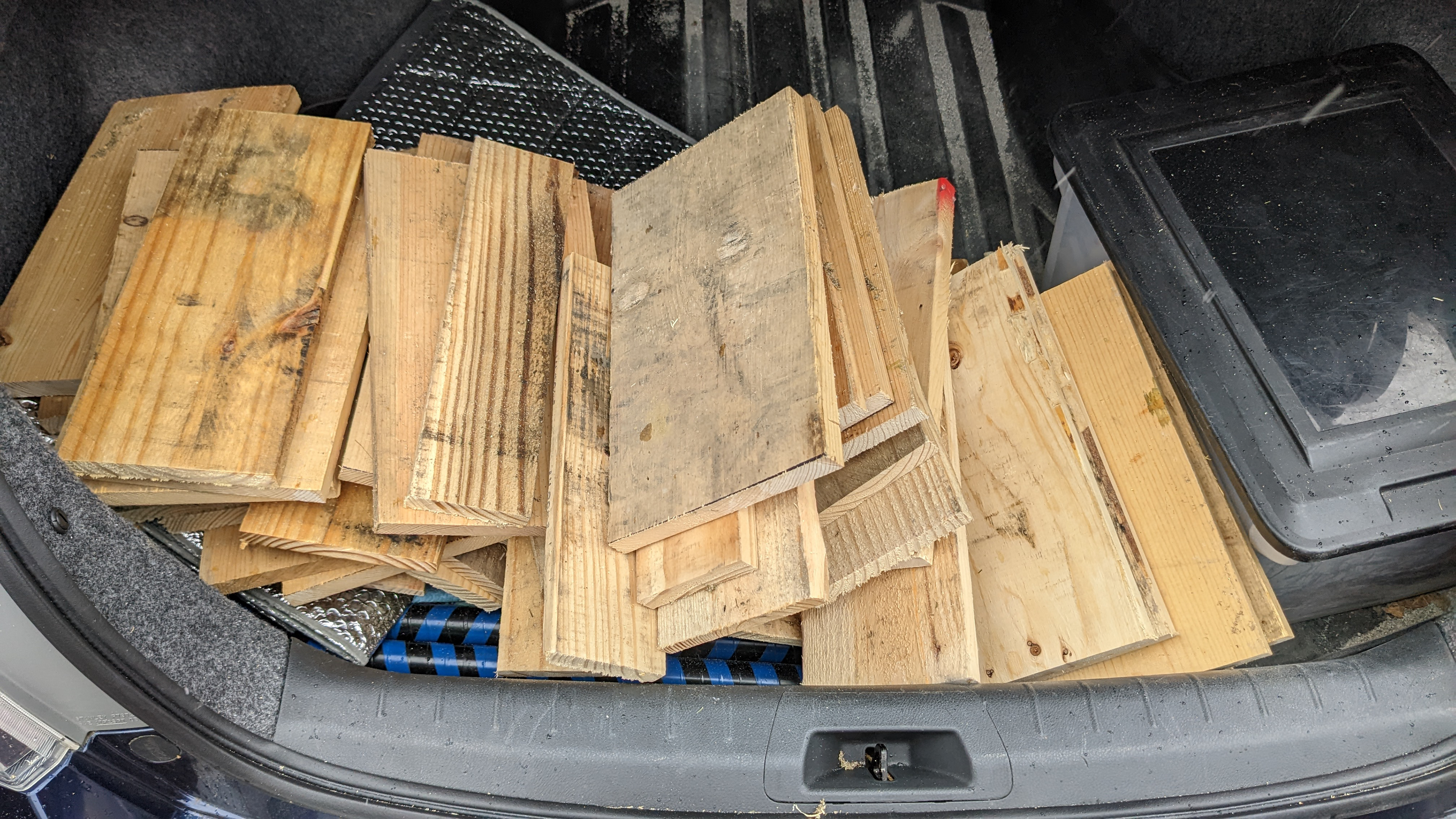
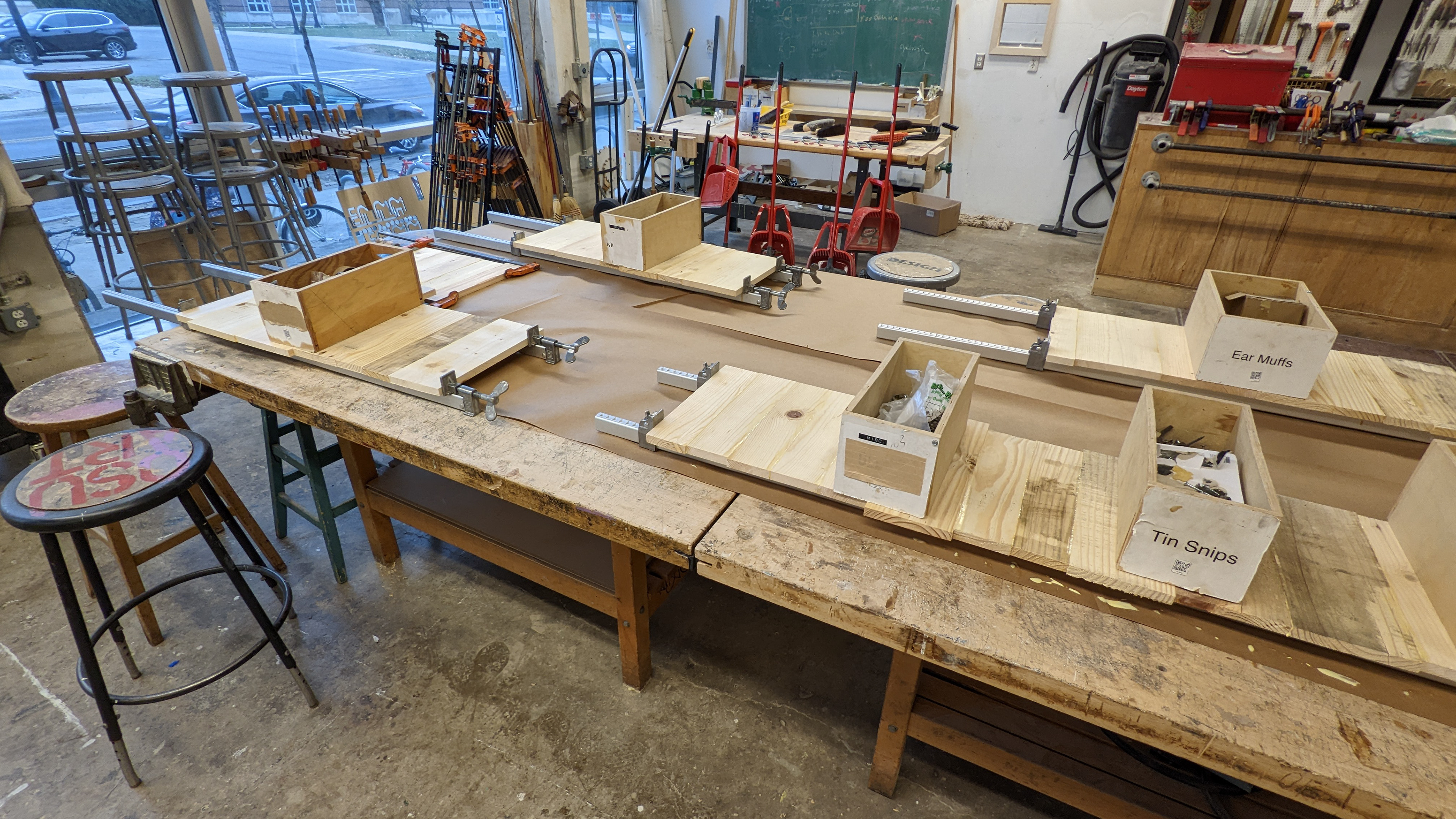
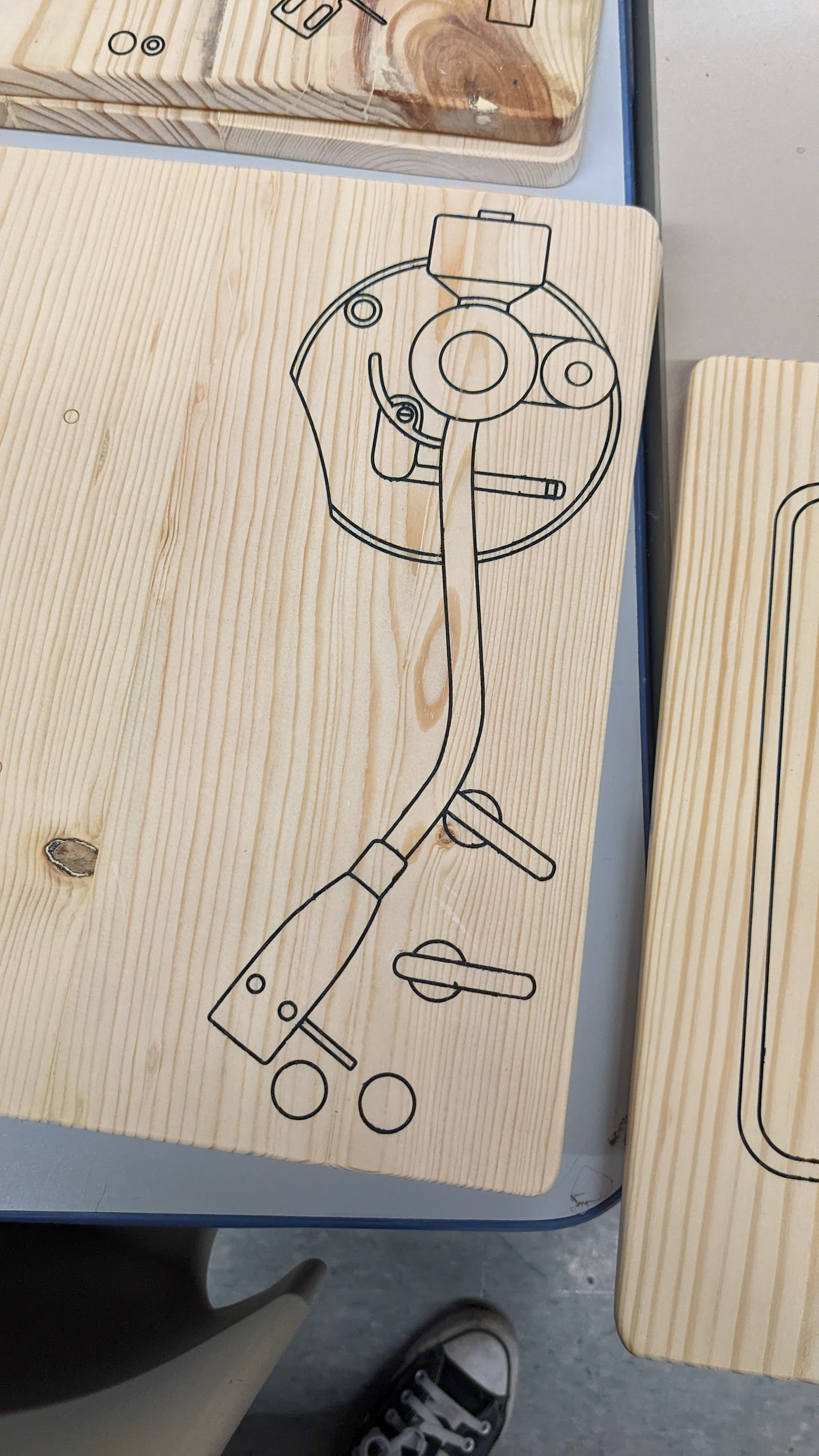
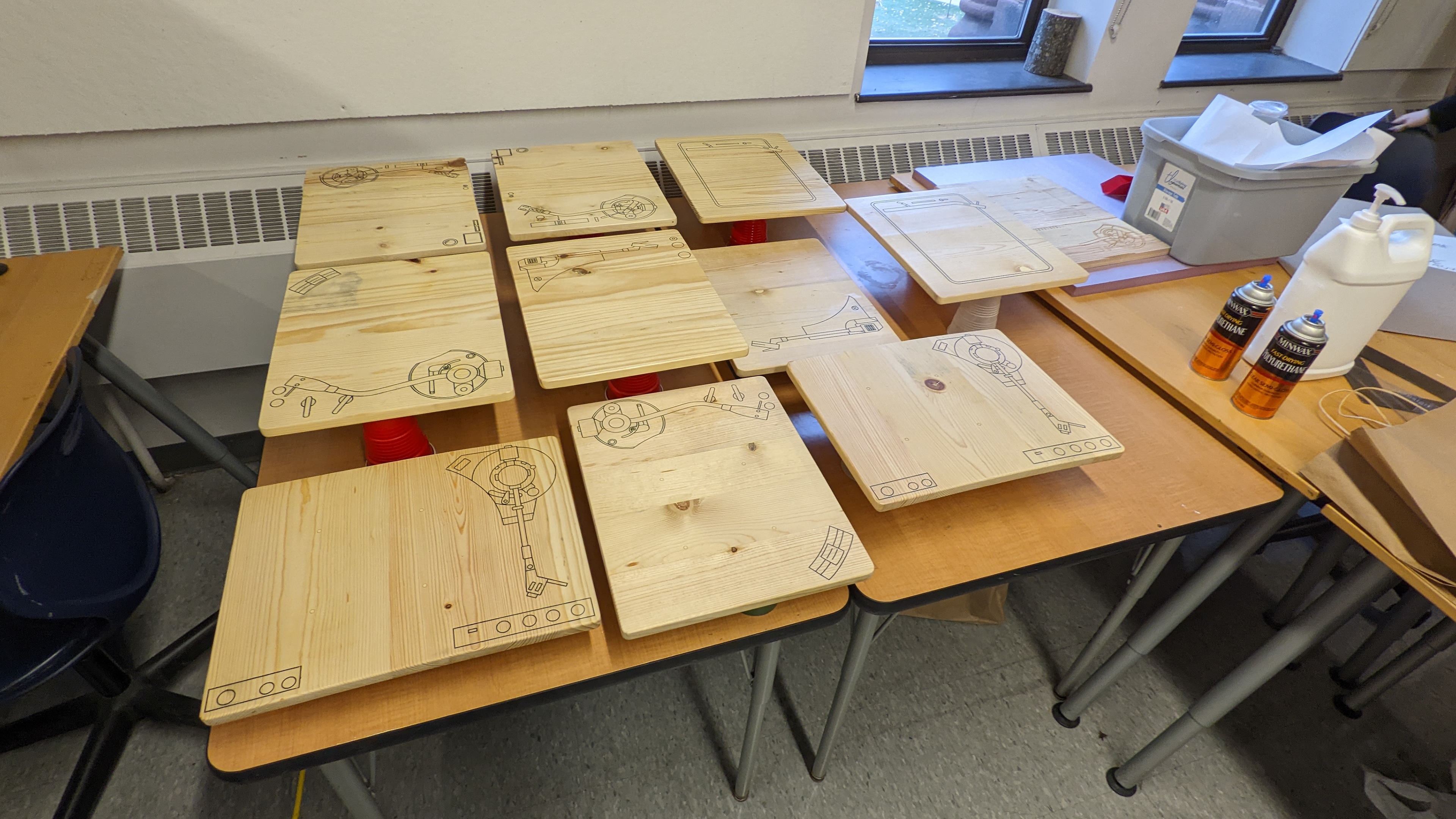
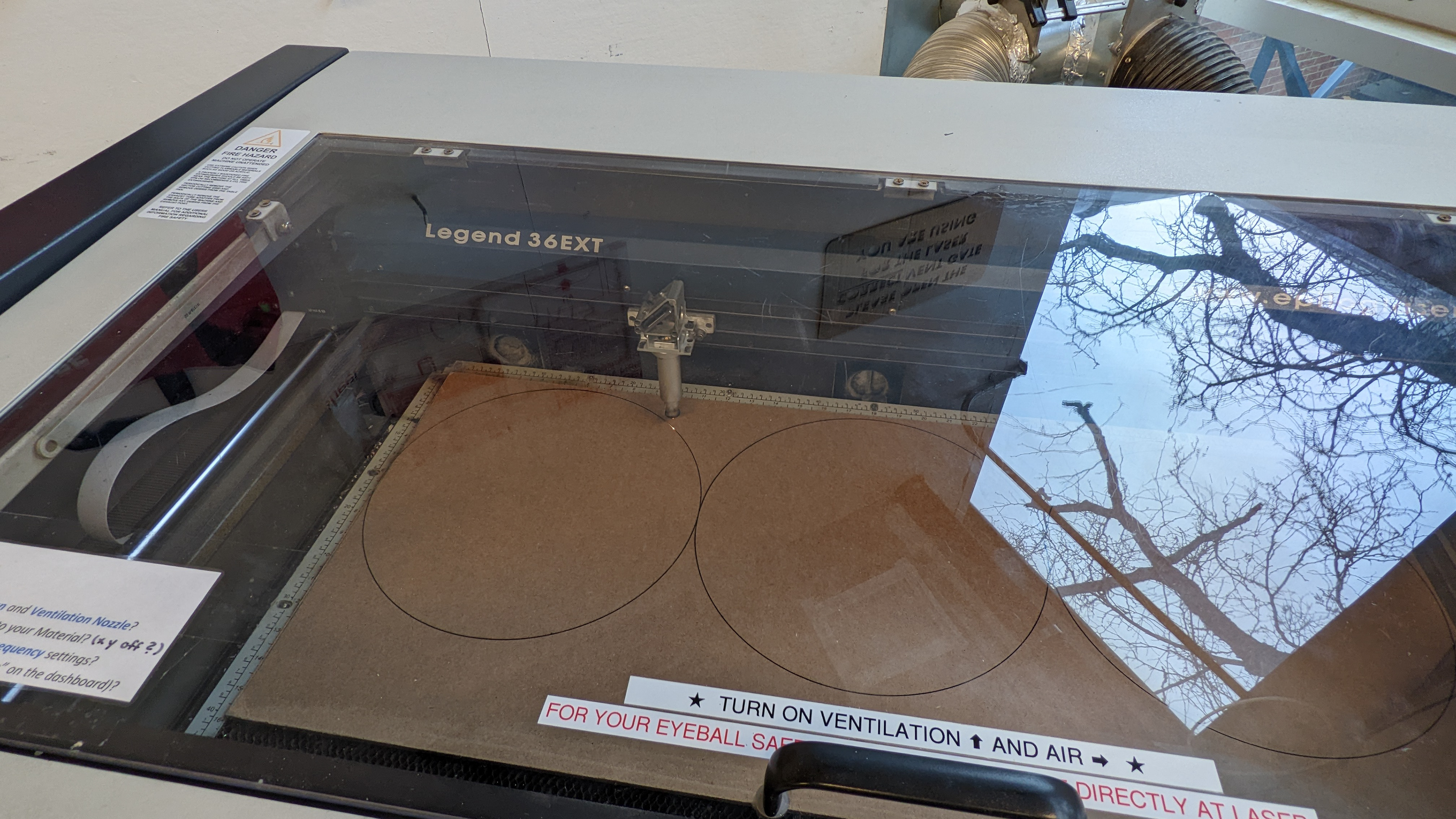

We also worked with felt, thermoplastic polyurethane (TPU filament), and metal rods.
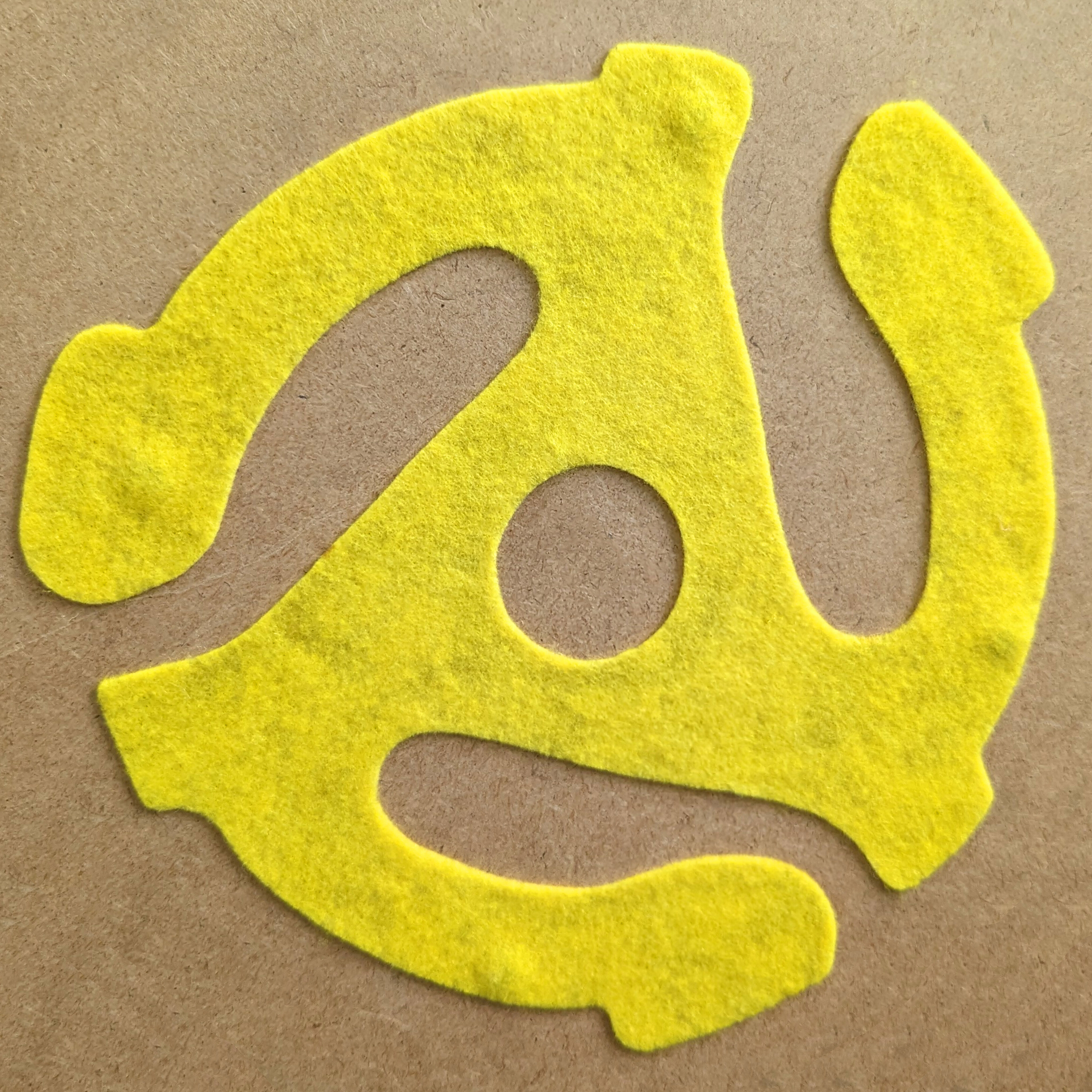
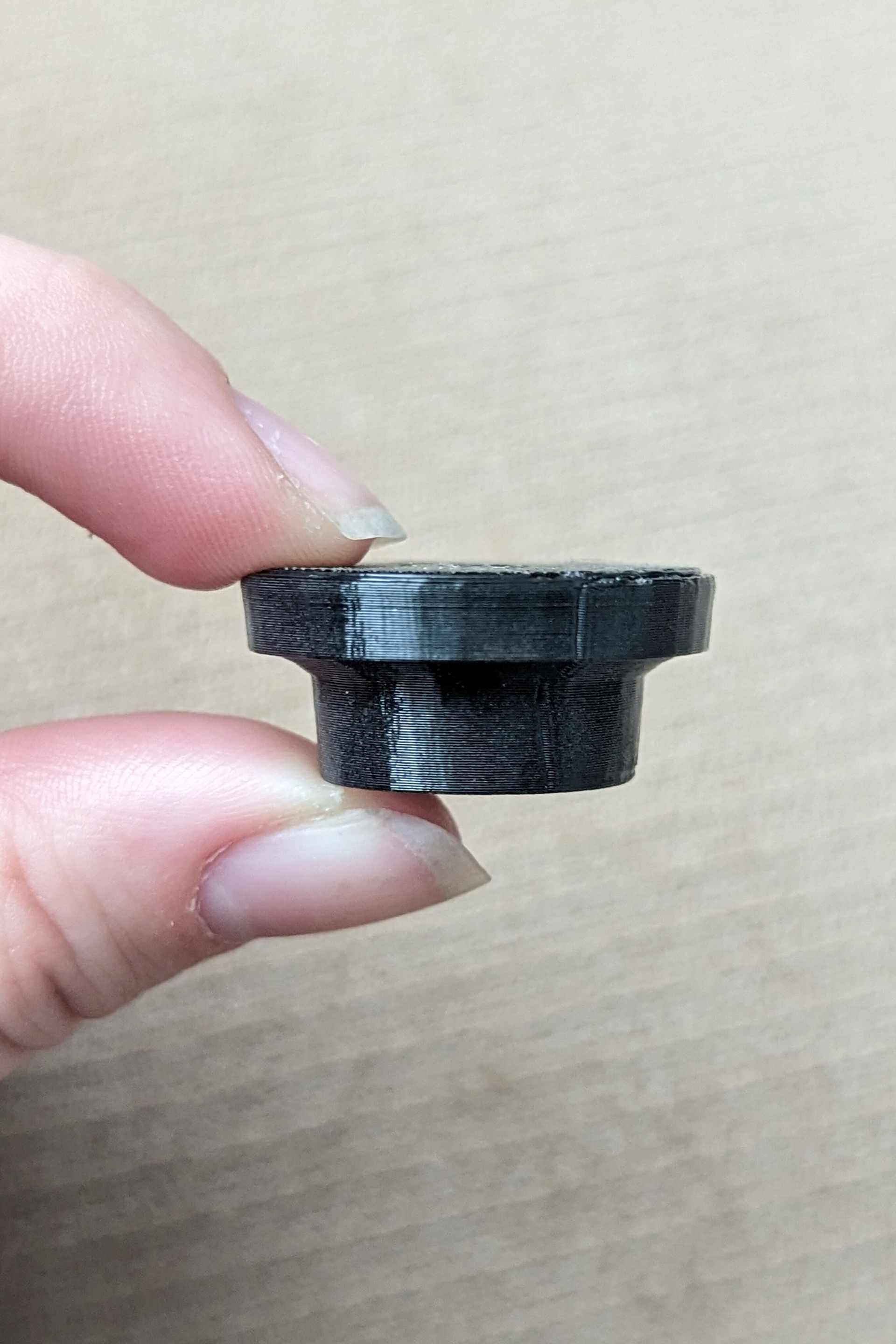
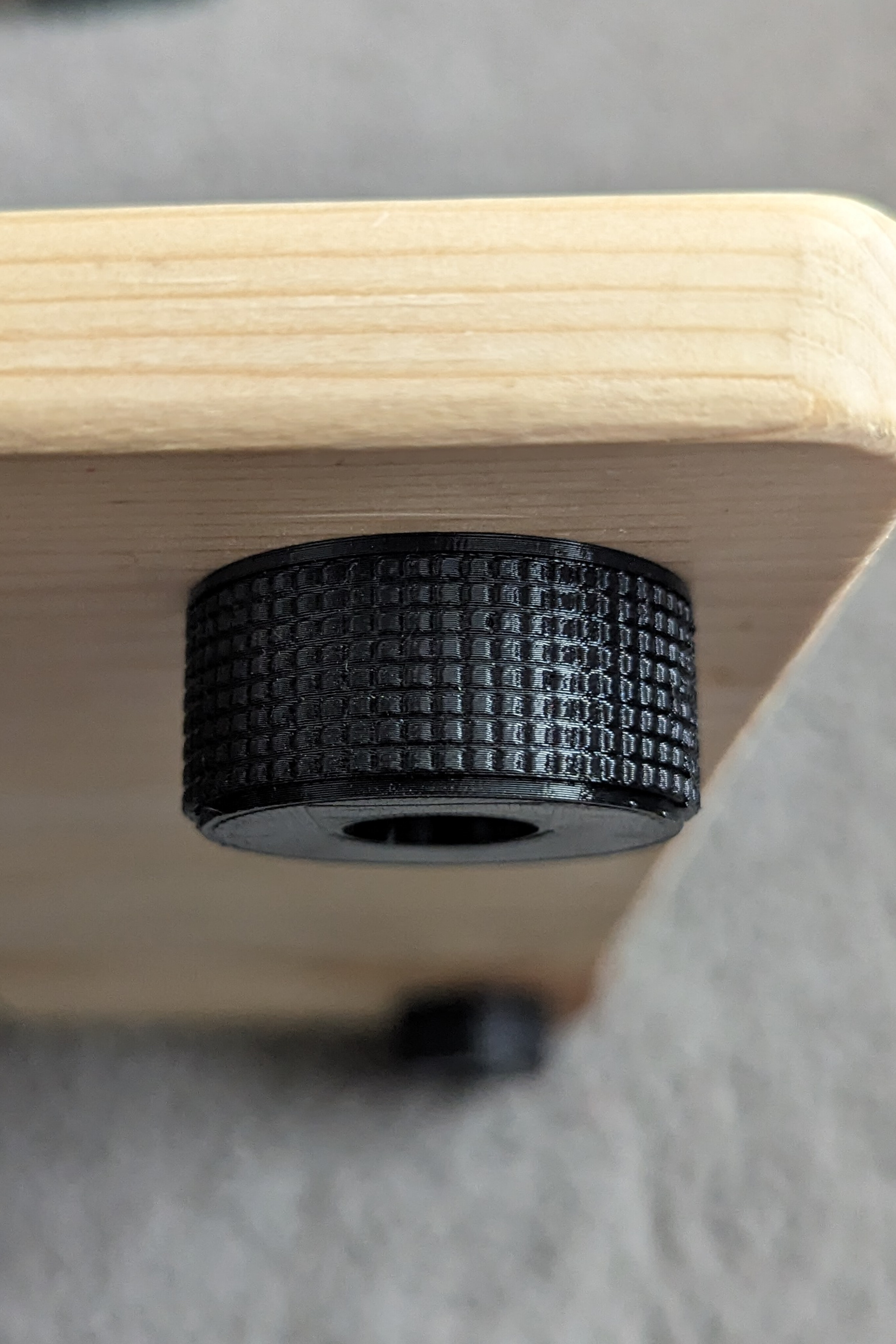


The last detail we added was QR codes for the care instructions (which also showed which design they chose) and a QR code for our users to add songs to their collaborative Spotify album.

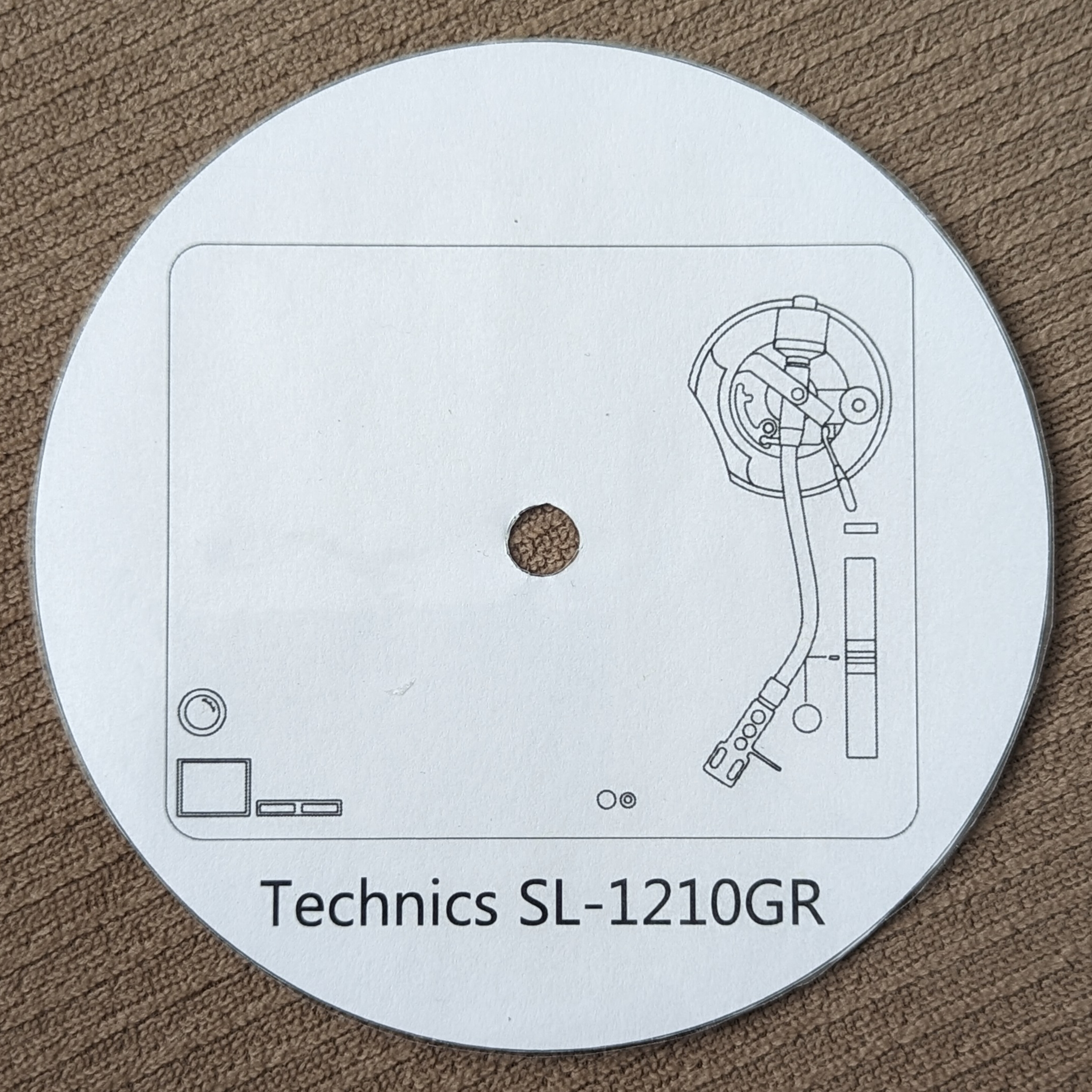
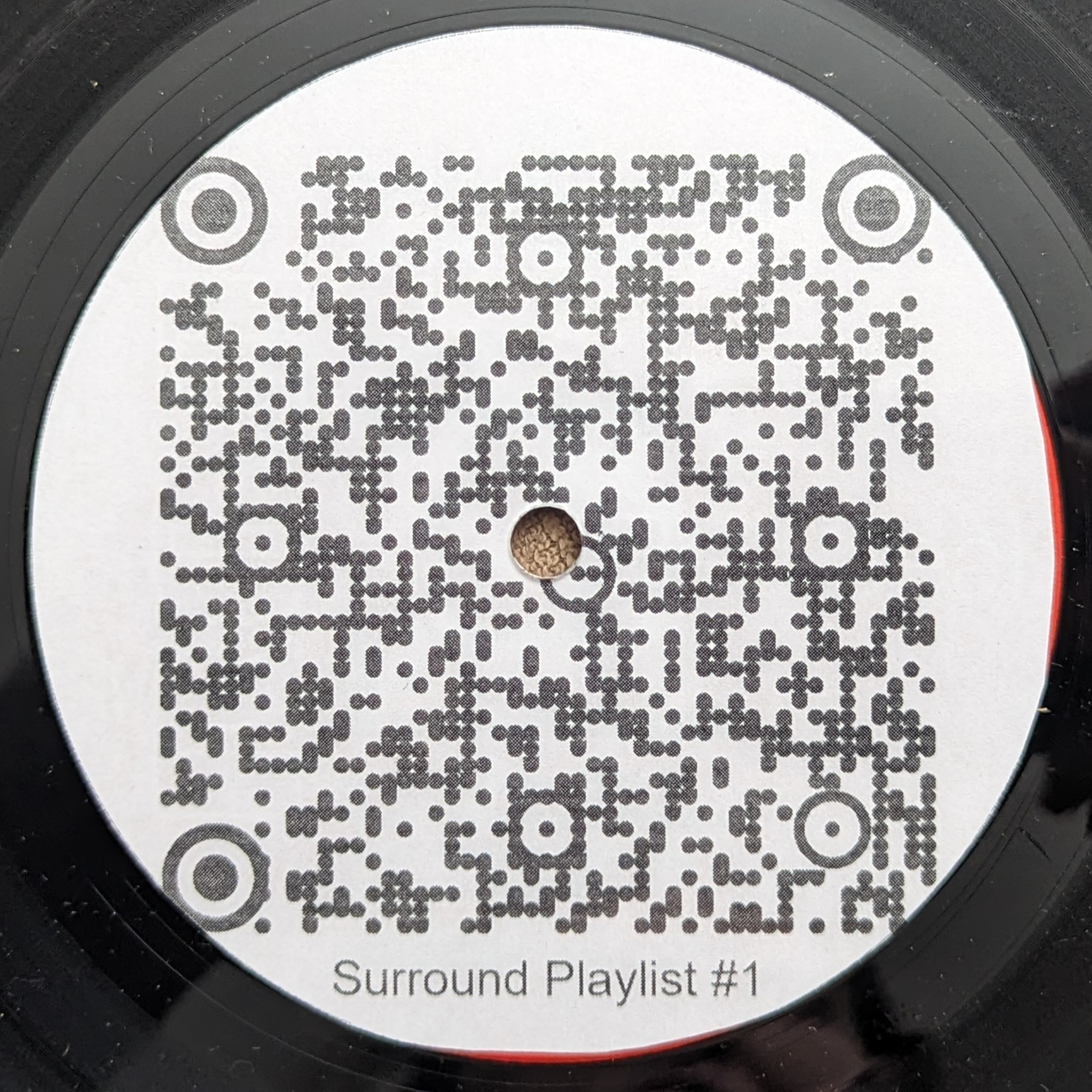
Final Photos & Description:
"Surround is a tabletop serving centerpiece designed to bring together people from all generations around meals and music. This retro home good is made from reclaimed wood, reclaimed vinyl records, and recyclable materials to keep the party alive for ages. Surround features scannable QR codes for a collaborative album where friends can add songs to play and listen to. Spotify song codes unique to each record offer an explorative experience. From Crosley to Audio-Technica, each Surround is laser engraved with one of five unique designs from real turntables. Share your unique musical tastes and pass the salt and pepper with this rotating vinyl record surface."
For the 5th Annual Winter Market, we produced and sold all 10 copies of our product.
We sold each for $60, and the proceeds were divided between OSU's IDSA (Industrial Design Society of America), IIDA (International Interior Design Association), CSCA (Columbus Society of Communicating Arts), and Women's Glee Club.
PROJECT REFLECTION:
Wood Treatment - One of the most serious difficulties we faced was that we didn't account for the moisture in pallet wood; therefore, when they dried, some of the boards warped. We learned that this could have been avoided by selecting more stable wood, interchanging wood patterns, and/or using other gluing methods. In our prototyping, we used reclaimed wood but not pallet wood, but if we had, we could have been more prepared for warping.
More Material Testing - For the second surface (the surface that holds the records), we used reclaimed MDF (medium-density fiberboard) to avoid more wood problems. In doing so, we forgot to test whether the glue we were using to adhere the posts to the second surface would work on MDF. We proceeded with using it because it seemed to work when we first attached the posts to the boards. We didn't test the glue's durability, and as a result, some users experienced their metal posts popping off.
More User Testing - Had we had more time, I would have loved to do more user testing to see if the board size should have been changed. In talking with users at the market, some people choose not to buy the product because of its size, so I would have loved to have had a chance to test out more sizes with users. The other test I would have liked to run would be to see if the Spotify albums were essential to the experience. Towards the end of our production, we had to change how the Spotify albums worked; hence we didn't get a chance to test our user's experience with them.


